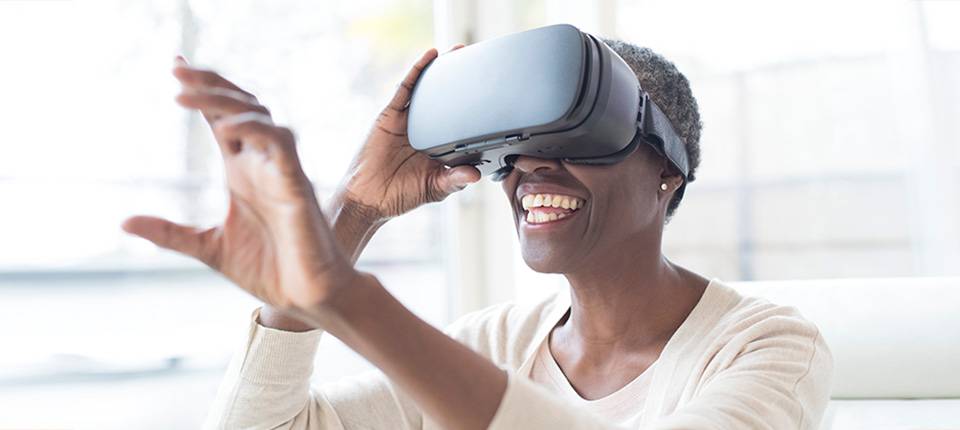Virtual Reality (VR) and Augmented Reality (AR) technologies have emerged as game-changers in the field of education and training. By creating immersive and interactive experiences, VR and AR hold the potential to revolutionize traditional learning methods, making education more engaging, effective, and accessible. Let's explore how these technologies are reshaping the learning landscape.
Enhancing Engagement and Interactivity: One of the primary benefits of VR and AR in education is their ability to captivate learners' attention and create immersive experiences. Through VR headsets or AR overlays, students can step into virtual environments that simulate real-world scenarios, historical events, or scientific concepts. This hands-on approach fosters active learning, enabling students to engage with the subject matter in a dynamic and memorable way.
For instance, in medical training, VR simulations allow students to practice complex surgeries or diagnose patients in a risk-free environment. Similarly, AR can overlay digital content onto physical objects, bringing textbook illustrations to life or allowing students to explore 3D models of molecules, planets, or historical artifacts. This interactivity promotes deeper understanding and retention of knowledge.
Expanding Access and Breaking Barriers: VR and AR have the potential to transcend physical limitations, making education more accessible to learners across geographical locations or with special needs. Through remote learning platforms and VR classrooms, students can participate in virtual lectures, collaborate with peers, and access educational resources from anywhere in the world. This is particularly valuable for individuals in remote areas or those facing mobility challenges.
Moreover, VR and AR can accommodate different learning styles and preferences. Visual learners can benefit from immersive visualizations, kinesthetic learners can engage in hands-on experiences, and auditory learners can receive audio feedback within virtual environments. These technologies offer personalized learning experiences that cater to individual needs, unlocking the potential of every student.
Fostering Real-World Skills and Applications: VR and AR are not limited to theoretical learning; they provide opportunities for students to develop practical skills and explore real-world applications. In vocational training, for example, VR can simulate realistic work environments, allowing students to practice tasks and gain experience before entering the workforce. Similarly, AR can overlay instructional guides or provide real-time feedback, supporting learners in various technical or hands-on fields.
Furthermore, VR and AR can facilitate virtual field trips, enabling students to explore historical landmarks, natural wonders, or cultural sites without leaving the classroom. These immersive experiences broaden perspectives, spark curiosity, and deepen cultural understanding.
Virtual Reality and Augmented Reality technologies have the potential to transform education and training, reimagining how we learn, teach, and acquire new skills. By fostering engagement, interactivity, and accessibility, VR and AR unlock a world of possibilities for students and educators alike. From medical training to STEM education, these technologies offer immersive experiences that enhance understanding, retention, and practical application of knowledge. As VR and AR continue to evolve, we can expect even more innovative solutions that empower learners, bridge educational gaps, and shape the future of education.


